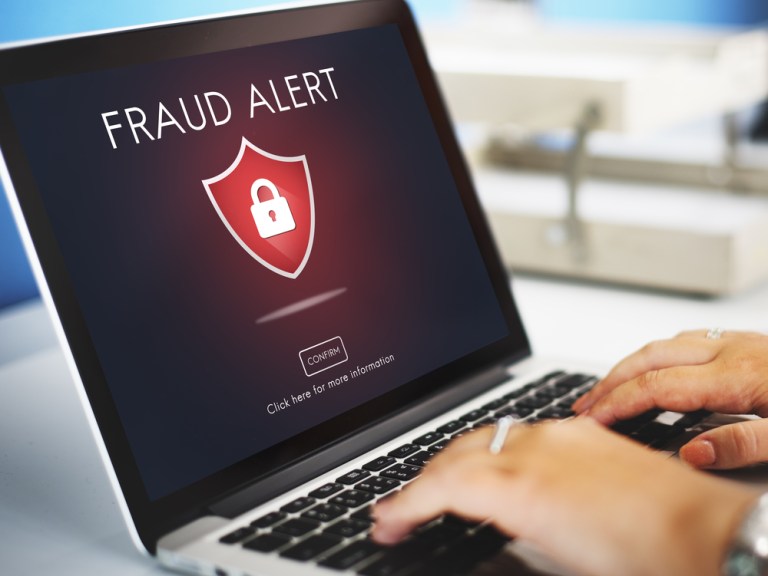
Forget ghosts and goblins, fraudsters are real-life monsters haunting merchants this Halloween. Data in the hot-off-the-presses October 2016 Global Fraud Attack Index™ reports that the fraud attack rate grew 15 percent since the start of 2016 and a whopping 62 percent between Q3 2015 and Q2 2016. You can find more insights on the state of fraud, along with insights from Liz Garner, vice president of the Merchant Advisory Group, inside.
The brand new October 2016 Global Fraud Attack Index™, a PYMNTS and Forter collaboration, has some scary news for retailers, and it has nothing to do with Halloween.
According to data revealed inside the index, fraud is rising quickly. The rate of fraud attacks is up 39 percent in 2016 (through Q2), and the rate has risen 62 percent from Q3 2015. According to the latest data, 39 of every 1,000 transactions are subject to fraud, a 47 percent increase from Q4 2015 and a 14 percent increase from Q1 2016.
What may be even more frightening, however, is the quickly increasing cost of fraud. Just one year ago, according to the index, retailers could expect to lose less than $2 for every $100 they made to fraud. In just 12 months, that rate has quadrupled to $8, a truly terrifying increase.
Other key takeaways from the October 2016 Global Fraud Attack IndexTM include:
The index also features a conversation with Liz Garner, vice president of Merchant Advisory Group. PYMNTS recently caught up with Garner to discuss her insights on the risk of fraud for online merchants and what can be done to fight fraud.
Here’s a preview
While the increase in digital sales is a boon for merchants that conduct business online, it’s also been a profitable rise for fraudsters. Garner noted that most merchants spend up to 40 percent more on fraud prevention than they actually lose to bad actors every year.
As business has shifted to the online ecosystem and financial wrongdoers have followed suit, merchants must take greater care to protect themselves from criminals, she said.
“Because it’s such a huge part of a lot of merchants’ businesses, merchants are constantly developing tools and investing money in fraud prevention,” Garner said.
About The Index
The PYMNTS and Forter Global Fraud Attack Index™ quarterly analyzes fraud attempts on U.S. merchant websites, reflected as a percent of U.S. sales transactions, and tracks what’s trending. Have the attacks gone up? Down? Stable?
That’s pretty critical since the key to preventing fraud is understanding where fraud is originating, what tools the fraudsters are using and which industries and areas they are targeting.
The Fraud Index reports this in several ways. Each index includes a metric which quantifies the rate of fraud attempts on U.S. online merchants and how that changes over time. The index examines different aspects of fraud, like which countries or regions are most seriously threatened by fraud and which industries should take a closer look at what’s happening around them. It also explores what can be done to stop or slow down fraud trends and how those methods are (or are not) working.
To download the October 2016 Global Fraud Attack Index™, a PYMNTS/Forter collaboration, click the button below.